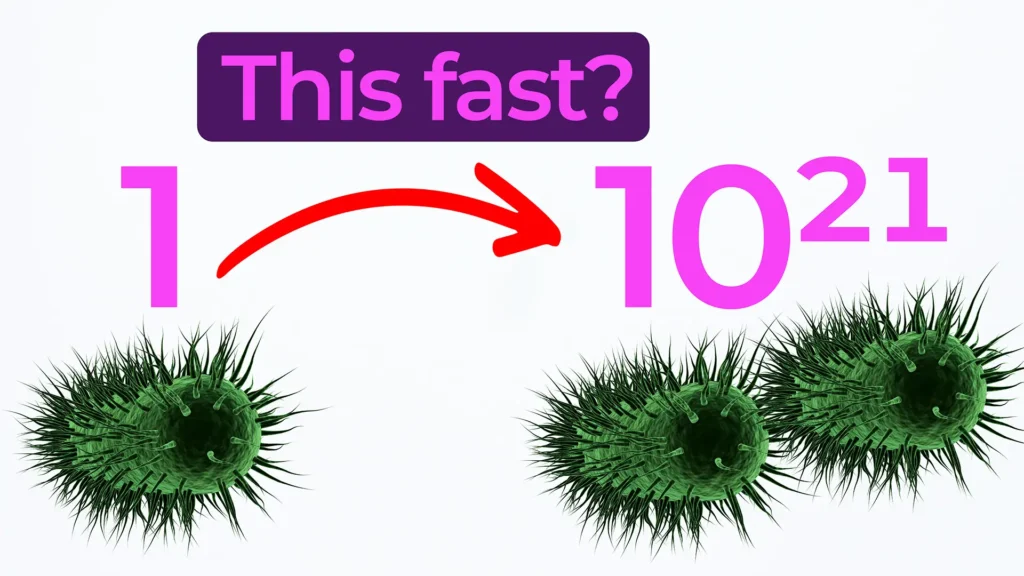
Venn Diagram MedTech Success – Aligning Product and Business Strategy
In this episode of MedDevice by Design, we explore how the Venn Diagram MedTech Success model helps early-stage companies align product design with commercial strategy. Mark Drlik and Ariana Wilson share how this triple Venn framework, focusing on feasibility, viability, and desirability, can diagnose the strengths and weaknesses of a MedTech product or startup.
What Is the Venn Diagram MedTech Success Model?
The Venn Diagram MedTech Success framework consists of three intersecting pillars:
- Feasibility: Can we build it? Do we have the technical and engineering capability?
- Viability: Can we sell it? Will it generate economic value in a competitive market?
- Desirability: Will users and payers want it? Does it meet clinical and user needs?
Mark emphasizes that while most teams focus heavily on feasibility, overlooking the business and market context can derail an otherwise brilliant product.
Applying the Venn Diagram to Real-World MedTech Devices
Mark uses intravascular lithotripsy—a device designed to break up calcified plaque in arteries—as a real-world example. This innovation checked all three boxes:
- A strong business strategy and regulatory plan (viability)
- A differentiated product that improved safety and effectiveness (desirability)
- A feasible, proven technical path with clinical precedent (feasibility)
By mapping success factors in each area, teams can assess risk early, validate commercial potential, and focus their development investment where it matters most.
Why This Matters in Early-Stage MedTech
The Venn Diagram MedTech Success model is especially useful for startups navigating limited budgets and uncertain markets. It helps founders:
- Prepare for investment pitches
- Avoid over-engineering a product no one wants
- Prioritize features that drive adoption and reimbursement
Whether you’re aiming for acquisition or full commercialization, this framework offers a repeatable, cross-functional approach to building successful medical technologies.
Enjoying MedDevice by Design? Sign up to get new episodes sent to your inbox.
Related Resources

From how much of your body is actually bacterial to how fast microbes can multiply, these facts are designed to stick with you long after the party ends.

In medical device development, verification is both a safeguard and a stress test, not just for the product, but for the process.

In the world of medical device development, requirements are often treated as a regulatory tax, essentially documentation created solely to satisfy a compliance need.

In this Bio Break episode, Nick and Nigel explore a surprising and memorable microbiology fact that puts everyday hand hygiene into perspective.
